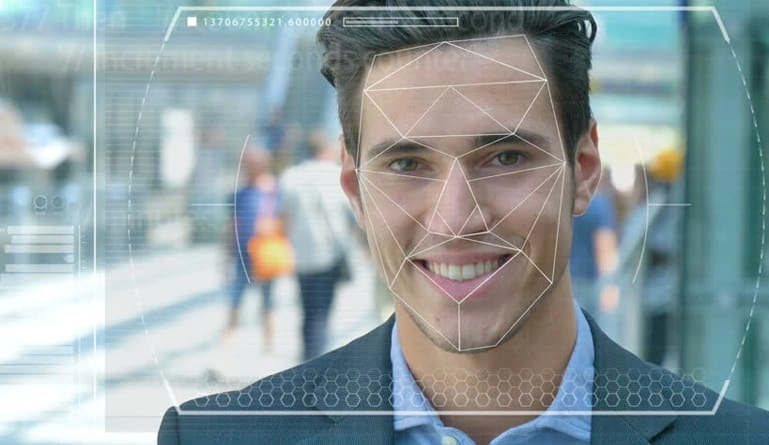Facial recognition is becoming more prominent in our society.
Learn what the future holds for facial recognition technology.
Over the past few years, we have seen major developments to facial recognition technology. We now live in an age that our predecessors have only dreamed in fiction and film. Face recognition is one of the newer developments of biometric identifiers that doesn’t require as much time or intrude on the person its verifying. Other biometric identifiers, such as fingerprint scanners and voice recognition, requires many different pieces in order to function. Face recognition is a highly effective biometric technology that holds a lot of potential.
How Facial Recognition Works
Facial recognition functions by examining the physical features of an individual’s face to distinguish uniqueness from others. In order to verify someone’s identity, the process can be broken down into three distinct steps: detection, unique faceprint creation, and finally, verification. In the first step, the technology captures an image of the individual’s face and analyzes it to identify the user’s face. Facial recognition can be a very useful and effective tool if all the key factors are satisfied.
One key factor that can strongly affect the effectiveness of facial recognition is lighting. In order for facial recognition to work, it’s very important to have good lighting to clearly show all of the individual’s facial features. If there are shadows or something blocking the camera’s view, the system may not be able to recognize the face. It’s also important that if these key factors are met, it will then select certain key factors such as eyes, eyebrows, nose shape and create a faceprint. The faceprint would then be compared to the key image in the system’s database to verify the user. This is a quick and effective process that can identify an individual in seconds.
Though facial recognition can identify an individual in seconds, there are ways to trick and beat the system. For example, if a person is wearing disguise that covers or alters the face, the system would have a lot of difficulties identifying the individual. It’s also possible that the picture in the system that is used to match with the individual is outdated, meaning that the system would likely be less accurate in identifying. Regardless of these obstacles, facial recognition is still one of the most accurate methods of identifying an individual and holds a lot of potential for the future.
The Future of Face Recognition
Today, one of the fields that uses facial recognition the most is security. Facial recognition is a very effective tool that can help law enforcers recognize criminals and software companies are leveraging the technology to help users access their technology. This technology can be further developed to be used in other avenues such as ATMs, accessing confidential files, or other sensitive materials. This can make other security measures such as passwords and keys obsolete.
Another way that innovators are looking to implement facial recognition is within subways and other transportation outlets. They are looking to leverage this technology to use faces as credit cards to pay for your transportation fee. Instead of having to go to a booth to buy a ticket for a fare, the face recognition would take your face, run it through a system, and charge the account that you’ve previously created. This could potentially streamline the process and optimize the flow of traffic drastically. The future is here.





